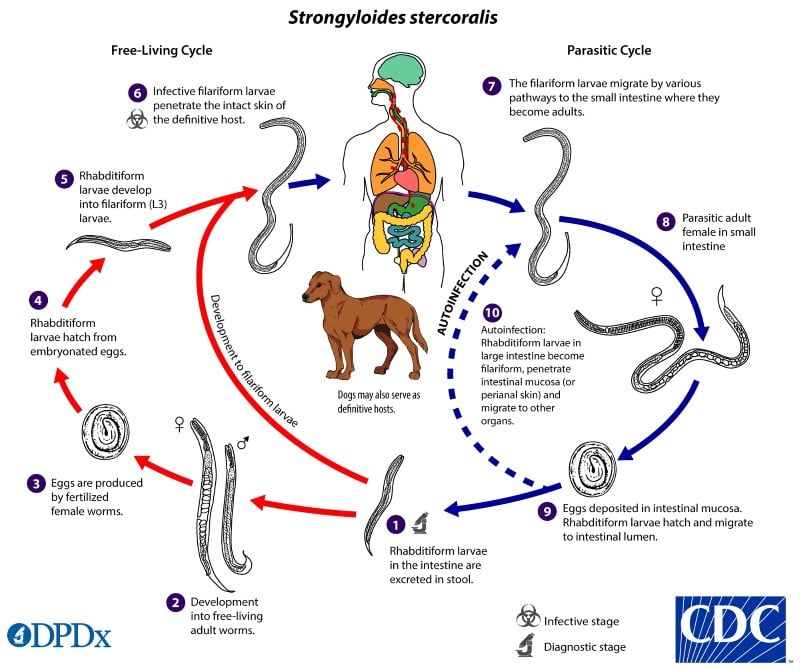Submitting an Abstract and Presenting a Poster
When you are ready to reveal your research to the world, the first step is often to present either a poster or abstract at a national meeting. This is an important step on the way to preparing a full-length, peer-reviewed manuscript, as you can convey your ideas as well as collect valuable feedback on your project. The process can seem rather frightening and confusing initially; hopefully the suggestions and template included in this article will take some of the anxiety out of your first abstract or poster.
As these formats may represent the first critical assessment of your project, budget enough time to allow for considerable writing and rewriting, as well as reviews by objective mentors. As an investigator so invested in your project, you may not recognize some basic flaws in the study or write-up—an independent review is essential. Seek out help early and often.
Follow all instructions and requirements provided by the relevant national organization, as most will have specific length, format, and font guidelines. It may often be helpful to review accepted abstracts from past meetings to help guide your writing and editing. If you are fortunate enough to attend a meeting between now and your own conference, pay close attention to the posters, and ask lots of questions.
General Template for Posters or Abstracts
Title
This should be 10 to 12 words in length, with the goal of describing the investigation without overstating the study’s conclusions. Consider including the basic study design as part of the title.
Authors/Affiliations
List the authors in order from most to least amount contributed, along with each author’s home institution. In some settings, it is customary to list the most senior author last; whereas, the first author is the person presenting the project.
Introduction/Background
In one or two sentences, concisely summarize past research on the topic and how your project will advance the knowledge in this particular field.
Hypothesis/Study Objective
Describe the question you are trying to answer with your project, and then clearly state your hypothesis in one sentence. Framing your project as well as the abstract/poster around the objective is critical to guiding the reader and eventual reviewer.
Methods
Use four to five sentences to concisely state the techniques used to test your hypothesis. Be sure to include the study design and type, study setting, patient selection process (with inclusion and exclusion criteria), and whether any randomization or blinding was utilized. This section should also clearly state the pre-specified primary and secondary outcomes and how they were measured. Conclude with one sentence listing the statistical methods used.
Results
In four to five sentences describe the core of what your study found. Include the number of patients studied as well as the relevant demographic and clinical characteristics of the patient population (age, gender, race, comorbidities). Use numerical data to state your results, focusing on your primary outcome measures. Be sure to report the main result, standard error, and level of significance. Results that are not central to the project’s objective do not have to be included in the abstract or poster. Tables and figures are typically not used in an abstract, but work great for the poster.
Conclusion
Summarize the project’s findings in one to two sentences. Explain whether or not your results support the primary hypothesis, what implications your study has, and what may be the logical next step in research. Be sure not to exaggerate the significance of your study.
Crafting the Poster
There are a few additional considerations specific to making a poster that are worth noting. In general, the content of the poster should be an expanded version of the content of the abstract, though pasting your abstract verbatim onto a poster with some pictures and figures is a reasonable approach. Alternatively, you can convert many of the paragraphs into crisp bullet points to minimize clutter and maximize readability.
Again, you should strongly consider utilizing graphs, tables, and pictures for your study design and results sections. This will not only help your reader more effectively grasp the material, but also will break up the otherwise massive columns of text on the poster. Be sure to include a title or brief summary of each visual aid.
The last major difference is that posters typically will display a brief section detailing major limitations of the study and a place at the end for two or three highly relevant references. Include a complete bibliography at your own peril.
When it comes time to physically make the poster, the most important step is to match your poster’s dimensions to the space allotted by the organization. Check the conference website or poster acceptance letter for that crucial information. You may either create the poster yourself or have a graphic design company do it for you. Some hospitals have an entire department that design and print the poster too, so ask around. If you opt to craft your own, programs such as Microsoft Word and Powerpoint have templates that are easy to use. Lastly, be sure to get one final proofreader to review your work on the computer before you spend money to have it printed.
An abstract or poster is a fantastic way to initially present your research to the academic community. Though the task may seem daunting and overwhelming at first, you can put together something really worth presenting by following this simple process. Remember to use your mentors and colleagues as resources that can proofread and advise you along the way. See you at the next conference.
References
Pierson DJ. How to Write An Abstract that Will Be Accepted for Presentation at a National Meeting. Respiratory Care. 2004;49:1206-1212.
Fisher WE. Abstract Writing. Journal of Surgical Research. 2005;128:162-164.
www.acponline.org. Writing a Research Abstract. American College of Physicians.
Quincy Tran, MD, PhD
George Wasington University
Washington, DC
Chair, EMRA Research Committee
Tracy Madsen, MD
Brown University
Providence, RI
Related Content

Jun 25, 2020
Program Director Interview Series: Radosveta Wells, MD | EM Residency Program Director at Texas Tech University Health Sciences Center El Paso, El Paso, TX
In this installment of the Program Director Interview Series we sit down with Radosveta Wells, MD to learn about the EM Residency at Texas Tech University Health Sciences Center El Paso.

Jun 11, 2020
A Pause to Consider Strongyloides Stercoralis in the ED
Strongyloidiasis is an infection of the parasitic nematode, Strongyloides stercoralis. This condition is well-known in global health as a concern among immigrants and refugees, but it is also present in many rural areas of the United States. What treatments should be considered or avoided when providing emergency care for patients at risk for this condition?





